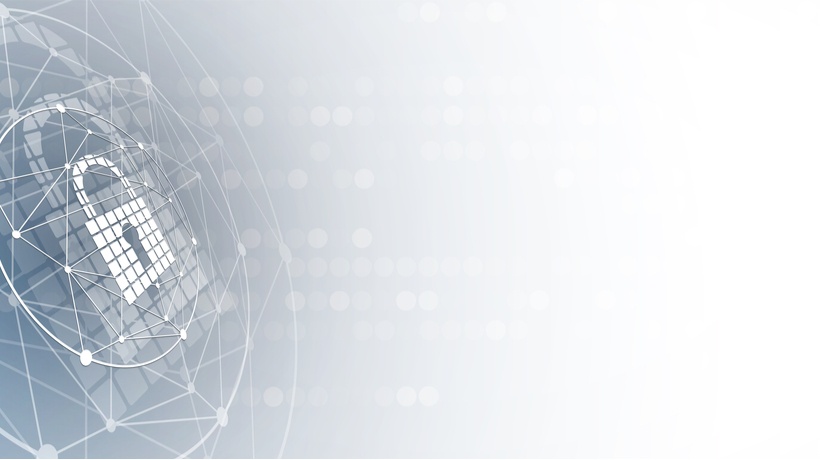Tips To Protect Businesses From Suffering Cyberattacks
As an entrepreneur, one of the most important things you can do to protect your business is to stay informed about cyber threats. With the proliferation of digital technologies, cybercrime is on the rise, and it's more important than ever for entrepreneurs to be aware of the risks and to take action to secure their online businesses.
Types Of Cyber Threats
When it comes to cyber threats, businesses need to be aware of many different types of threats. Some of the most common types of cyber threats include malware, phishing, ransomware, distributed denial-of-service (DDoS) attacks, and data breaches.
- Malware
This is a malicious software that is designed to damage or disrupt a computer system. It can be spread through email attachments, downloads, or websites. - Phishing
This is an attempt to gain access to confidential information by sending a person deceptive emails or messages. - Ransomware
This is a malicious software that infects a computer and holds its data hostage until a ransom is paid. - A distributed denial-of-service (DDoS) attack
This is an attempt to make a website or network unavailable by flooding it with traffic from numerous sources. - Data breaches
These involve the unauthorized access, use, or disclosure of confidential information.
These are just a few of the most common types of cyber threats, and it's important for entrepreneurs to be aware of them and the potential risks they pose to their businesses.
Identifying And Protecting From Cyberattacks
The first step to protecting your business from cyber threats is to be able to identify them. It's important to be aware of the signs of a cyberattack, such as unusual activity on your network, unexpected changes to your system, or the presence of unfamiliar software or applications. It's also vital to use antivirus and anti-malware software packages to detect and remove potentially malicious programs from your computer system.
Once you're able to identify potential threats, it's crucial to take steps to prevent them. This includes using strong passwords, encrypting sensitive data, restricting access to sensitive information, and regularly updating your software. It's also important to educate your employees about cyber threats and the importance of digital security.
Implementing Security Measures
In addition to being able to identify and prevent cyber threats, it's a prerequisite to have the right security measures in place to protect your business. This includes installing firewalls, using secure servers, and regularly backing up your data. Implement two-factor authentication or multifactor authentication for access to your machine, and to monitor your incoming traffic in your network for any suspicious activity.
Developing A Cybersecurity Plan
Having the right digital security protocols in your organization is a must, but it's also critical to have a plan for responding to a cyberattack. This includes having a response team in place and a plan for responding to a breach. It's also crucial to have a procedure for notifying customers of a breach and a plan for mitigating the effects of a breach.
Best Practices For Cybersecurity
In addition to having cybersecurity strategies and a response plan, there are a few best cybersecurity practices that you should follow in order to protect your online businesses from cyber threats. This includes regularly monitoring your system for any suspicious activity, limiting access to sensitive data, and using software and hardware that are up-to-date and secure. It's also important to keep up with the latest trends in cybersecurity and to stay informed about new threats.
Protecting Critical Data
It's also important to ensure that your most critical data is secure. This includes implementing 256-bit encryption for sensitive data, using strong passwords/credentials, and limiting access to only those who need it. Implement a backup system to regularly back up your data and to have a plan for restoring it if it is lost or stolen.
Monitoring For Cyberattacks
Monitoring for cyberattacks is the primary and biggest step toward protecting your business from cyber threats. This includes scanning and regularly reviewing computer system logs, scanning for unusual and unauthorized activity, and setting up high-security alerts for any potential cyberattack activity.
Responding To A Cyberattack
If your business is the victim of a cyberattack, the very first step you need to take is to implement your cybersecurity first-response plan, as the prominent response to the threat. This should include notifying customers, taking steps to mitigate the effects of the attack, and working with law enforcement to investigate the incident.
Best Practices On Data Security
Data security practices are critical for small businesses to protect their digital data from cyberattacks, theft, or corruption. To ensure data security, small businesses need to conduct a risk assessment, implement appropriate security measures, educate employees on best practices, regularly update software, and have a data breach response plan in place. These steps can help small businesses protect sensitive information and mitigate damage in case of a security incident.
Conclusion
Cybersecurity is a dominant issue for all online businesses, and it's essential for entrepreneurs to be aware of the risks and to take steps to protect their businesses from cyber threats. By following the tips in this article, you'll be able to identify and prevent cyber attacks, as well as respond quickly and effectively if a cyberattack is successful. By taking the time to educate yourself about cyber threats and implement the right security measures, you can protect your business and ensure its long-term success.








